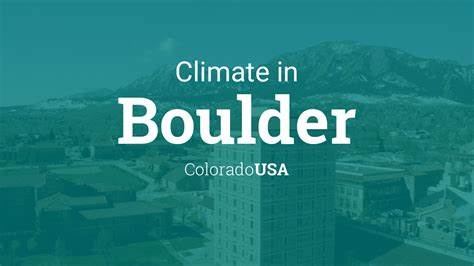The city’s newly released 2021 Greenhouse Gas Inventory shows that community-wide emissions have fallen 15.5% since 2018. Greenhouse gases, such as carbon dioxide and methane, trap heat in Earth’s atmosphere, which contributes to climate change.
The annual report highlights how Boulder has made headway in reducing emissions and identifies systems that must be changed to
reach the city’s climate targets.

Boulder Climate
The top sources of Boulder’s emissions were electricity use (38%), on-road transportation (27%), aviation (10%) and natural
gas (23%). This demonstrates the continued importance of moving away from fossil fuels and adopting cleaner sources to power the energy grid, like solar and wind. Boulder must also accelerate the transition to efficient, electric technologies and
cleaner modes of transportation.
A key driver of this work is the partnership between the city and Xcel Energy, which aims to achieve 100% renewable energy and zero electricity-sector emissions by 2030. Emissions rose slightly from 2020 to 2021, a rebound likely caused by the transition back to in-person work, school and recreation as COVID-19 eased.
“The past two years show just how quickly systems can change, but we need to support strategies that produce lasting emissions
reductions,” said Benjamin Katz Moses, the city’s senior sustainability data analyst. “The pandemic led to an unprecedented drop in transportation emissions as our community drove fewer miles and took fewer flights. But as we know, the sudden shutdown of our systems caused serious health and financial impacts in our community.”
The inventory comes just weeks after Boulder voters approved a new Climate Tax that will fund ongoing programs and new projects
that take on the climate crisis, build resilience and center equity. It also follows Boulder receiving an “A” from the Carbon Disclosure Project, an international nonprofit that recognizes cities for bold climate action and transparency.
